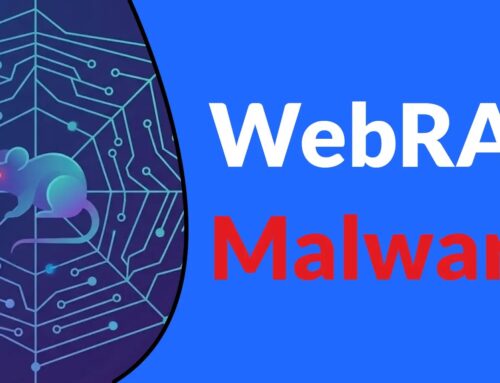
Linux Boot Vulnerability Allows Bypass of Secure Boot Protections on Modern Linux Systems
# Understanding the Recent Linux Boot Vulnerability: A Comprehensive Guide
## Outline
1. **Introduction**
– Overview of the Linux boot vulnerability
– Importance of Secure Boot in cybersecurity
2. **What Is Secure Boot?**
– Definition and purpose
– How Secure Boot protects against unauthorized code execution
3. **Details of the Vulnerability**
– Description of the Linux boot vulnerability
– Mechanism of bypassing Secure Boot protections
– Implications for Linux systems
4. **Who Is Affected by This Vulnerability?**
– Types of systems at risk
– Industries that may face significant impact
5. **Preventive Measures and Fixes**
– Immediate actions for users and administrators
– Software updates and patches
– Best practices for enhancing system security
6. **The Importance of Staying Informed**
– Keeping up with cybersecurity news
– The role of community engagement in vulnerability management
7. **Conclusion**
– Recap of the vulnerability’s significance
– Encouragement to implement security measures
8. **Key Takeaways**
– Summary of critical points for easy reference
—
## Introduction
The digital landscape is continually evolving, and with it comes the need for robust cybersecurity measures. A recent Linux boot vulnerability has raised concerns regarding Secure Boot protections—a feature designed to ensure that only trusted software is executed during the startup process of a system. This blog delves into the implications of this vulnerability, who it affects, and how users can mitigate potential risks.
—
## What Is Secure Boot?
Secure Boot is a security standard developed by the industry that ensures that a device boots using only software that is trusted by the PC manufacturer. Its primary function is to prevent unauthorized code from executing during the boot process, thereby safeguarding the system from malware and other types of attacks. Understanding Secure Boot is crucial for anyone invested in cybersecurity as it forms the first line of defense against malicious software.
—
## Details of the Vulnerability
Recently reported, the Linux boot vulnerability allows attackers to bypass Secure Boot protections, potentially leading to unauthorized access or control over affected systems. The vulnerability arises from specific flaws in the handling of the boot process, which can be exploited to run unverified code. This bypass poses a serious risk, especially given the increasing reliance on Linux in various enterprise environments.
—
## Who Is Affected by This Vulnerability?
This vulnerability affects a wide range of Linux distributions and systems that rely on Secure Boot, making it a concern for many organizations. Industries ranging from finance to healthcare could face significant disruptions if this weakness is exploited. Notably, any organization that uses Linux for critical infrastructure must pay close attention to this vulnerability.
—
## Preventive Measures and Fixes
To mitigate the risks associated with the Linux boot vulnerability, users and administrators should take the following steps:
1. **Immediate Actions:** Users should assess their systems for potential exposure and apply any security updates released by their Linux distribution providers.
2. **Software Updates and Patches:** Regularly updating software is essential. Distributions are likely to release patches to address this vulnerability.
3. **Best Practices for Security:** Implementing robust security measures, including regular backups, system monitoring, and employing additional security layers, can help further protect systems.
—
## The Importance of Staying Informed
In the fast-paced world of cybersecurity, staying informed about the latest threats and vulnerabilities is vital. Engaging with cybersecurity news and communities can empower users to take proactive measures in safeguarding their IT environments. Knowledge is a strong weapon against cyber threats.
—
## Conclusion
The recent Linux boot vulnerability serves as a stark reminder of the ever-present risks in the digital world. Secure Boot is a critical component of system security, and any breach in this area can have far-reaching consequences. We encourage all users to take immediate steps to secure their systems and remain vigilant in the face of evolving threats.
—
## Key Takeaways
– The Linux boot vulnerability poses significant risks by allowing the bypass of Secure Boot protections.
– It affects a broad range of Linux systems across various industries.
– Immediate action includes applying software updates and patches to safeguard against exploitation.
– Staying informed and engaged in cybersecurity discussions is crucial for defensive strategies.
By implementing best practices and staying abreast of cybersecurity developments, users can protect their systems against vulnerabilities like this and ensure a safer digital experience.





